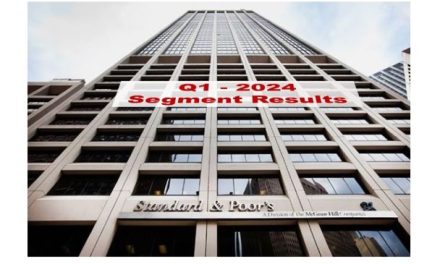Asia Businesses Struggle to Offset Losses from Increased B2B Bad Debt, Atradius Survey Reveals
Chasing down unpaid B2B trade debt has become a major headache for Asian companies trading on domestic and export markets. They are facing sharply increased costs to manage customer credit risk in-house and thus protect cash flow from disruption caused by the current challenging economic and trading environment.
The problem becomes even more serious with long-term unpaid B2B trade debt (more than 90 days) that is written off as uncollectable despite several attempts to receive payment. In this situation businesses struggle to find additional sales, a measure that could help to offset their losses and thus avoid putting liquidity under pressure and a company’s entire future at risk.
Severe warning signs of a mounting strain on business liquidity are evident in the staggering 60% increase in business-to-business (B2B) bad debts that could not be collected, compared to our survey in 2021. This is the major concern spelled out by businesses polled in seven markets in Asia (China, Hong Kong, India, Indonesia, Singapore, Taiwan, and Vietnam) and in the United Arab Emirates for the 2022 edition of the Atradius Payment Practices Barometer Survey for Asia.
A further worry for companies in the current challenging economic and trading circumstances is the difficulty of recovering profits when they are experiencing a high impact from write offs. The Atradius survey in Asia reveals that 20% more companies  than in the previous year reported an increased willingness to extend credit to B2B customers. This is a signal that current market conditions are very competitive and that businesses struggle to get the additional sales revenue that would make good the losses from write-offs. The survey also found that a serious concern for companies in the months ahead is the ability to keep pace with demand (33%) as well as resilience of demand from B2B customers (25%).
than in the previous year reported an increased willingness to extend credit to B2B customers. This is a signal that current market conditions are very competitive and that businesses struggle to get the additional sales revenue that would make good the losses from write-offs. The survey also found that a serious concern for companies in the months ahead is the ability to keep pace with demand (33%) as well as resilience of demand from B2B customers (25%).
Andreas Tesch, Chief Market Officer of Atradius, commented: “The outlook for growth in Asia remains relatively robust at around 5% in both this year and 2023. But many of the region’s businesses operate across the world in the current deeply unsettled period, where the ongoing impact of the pandemic and geopolitical upheaval has meant a downward revision of the outlook for global growth to just above 3%. Companies in Asia are feeling the pinch from this widespread disruption in the global trading arena. Facing the increase in bad debt write-offs can be a warning sign of a business environment under financial stress. This certainly explains why the need for strong strategic credit management was seen to be a crucial theme throughout our survey across the region’s major economies.”
Source: PR Newswire


























